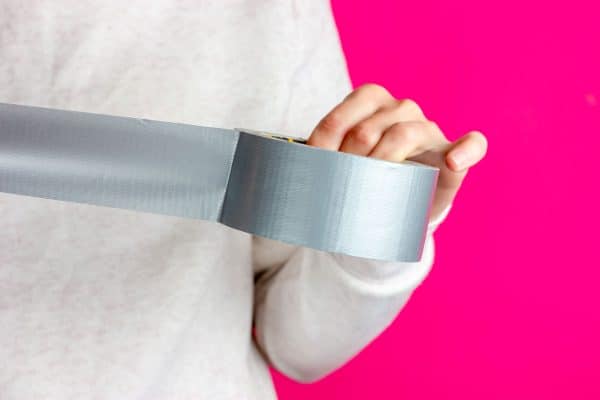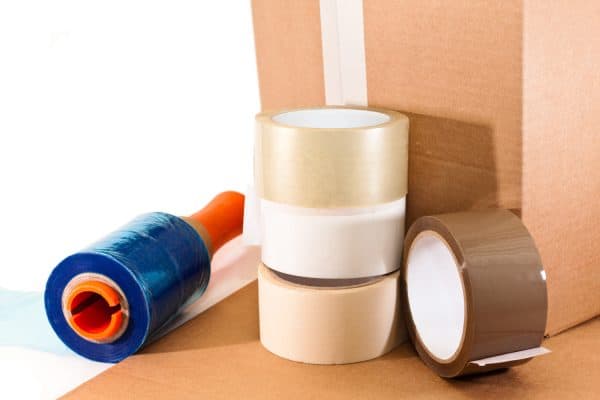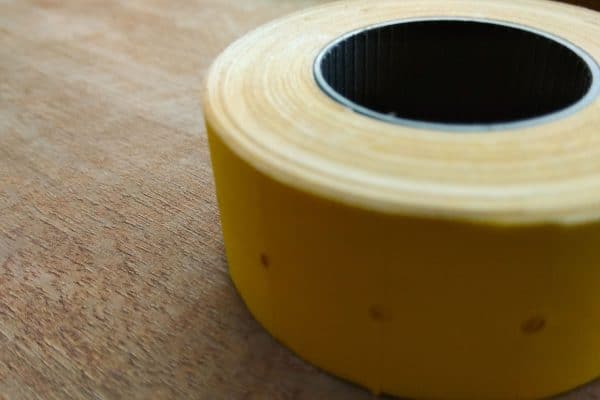If you have ever moved or sent a package, you know the importance of labels. Labels help you quickly identify what's inside the container. There are various ways to make labels for your things, but one of the easiest and cheapest methods is by using a packing tape. It's a good thing we've researched this to help everyone label their packages.
Packing tape is not just for packing boxes anymore! You can use this common household item to make labels in a pinch. Here's a quick guide on how to do it.
- Start by writing or printing labels on a piece of paper.
- Cut a piece of packing tape at least 4 inches longer than the paper.
- Stick the packing tape to the surface you want the label to be on.
To find out the best way to ensure the durability of your labels, the types of packing tape that you can use, and more tips on making labels with packing tape, keep reading.
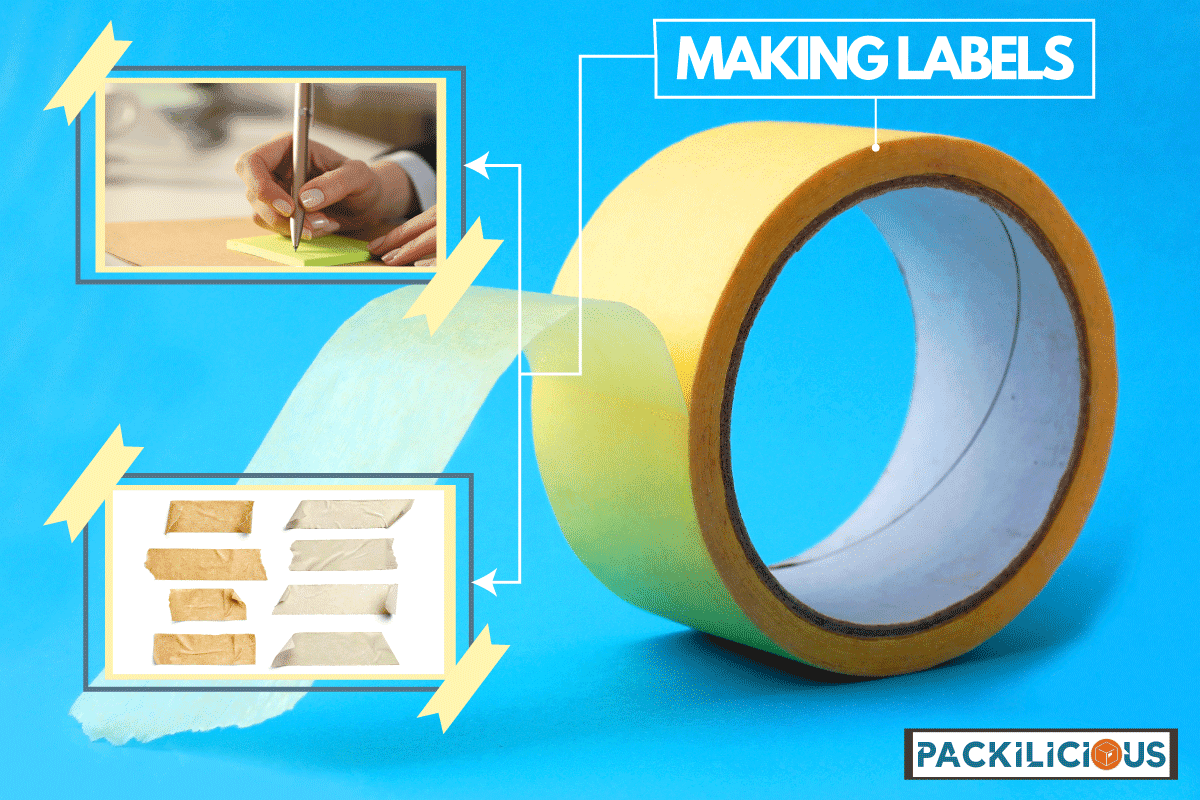
How To Add Labels With Packing Tape?
1. Write or Print Paper Labels

Making labels for packages starts by printing or writing on a piece of paper what the box's contents are. You can then transfer this information onto a sheet of packing tape.
There are several methods for achieving this, such as using a regular pen or marker and hand-stamping it on the tape or using a particular labeling machine that automatically prints the desired words or images directly onto the tape.
So whether you are sending treats to your family at home or essential documents to colleagues at work, always be sure to use quality packing tape and print out accurate labels to keep them safe.
2. Cut Packing Tape 4 Inches Longer than Paper Label
Before starting, choose a high-quality packing tape. High-quality ones won't easily break down or dry out over time. It is an intelligent choice to secure your labels.
- To start, cut a piece of packing tape that is the right size for your paper. Start by cutting a strip of tape at least four inches longer than your paper.
- Next, carefully line up one end of your tape with one edge of your paper, making sure it is straight and even. Then use your razor blade or scissors to trim off any excess beyond the edge of the paper.
- Finally, press down along the entire length of the tape to ensure that it adheres to the surface and holds securely in place.
3. Stick Packing Tape to the Label on the Surface
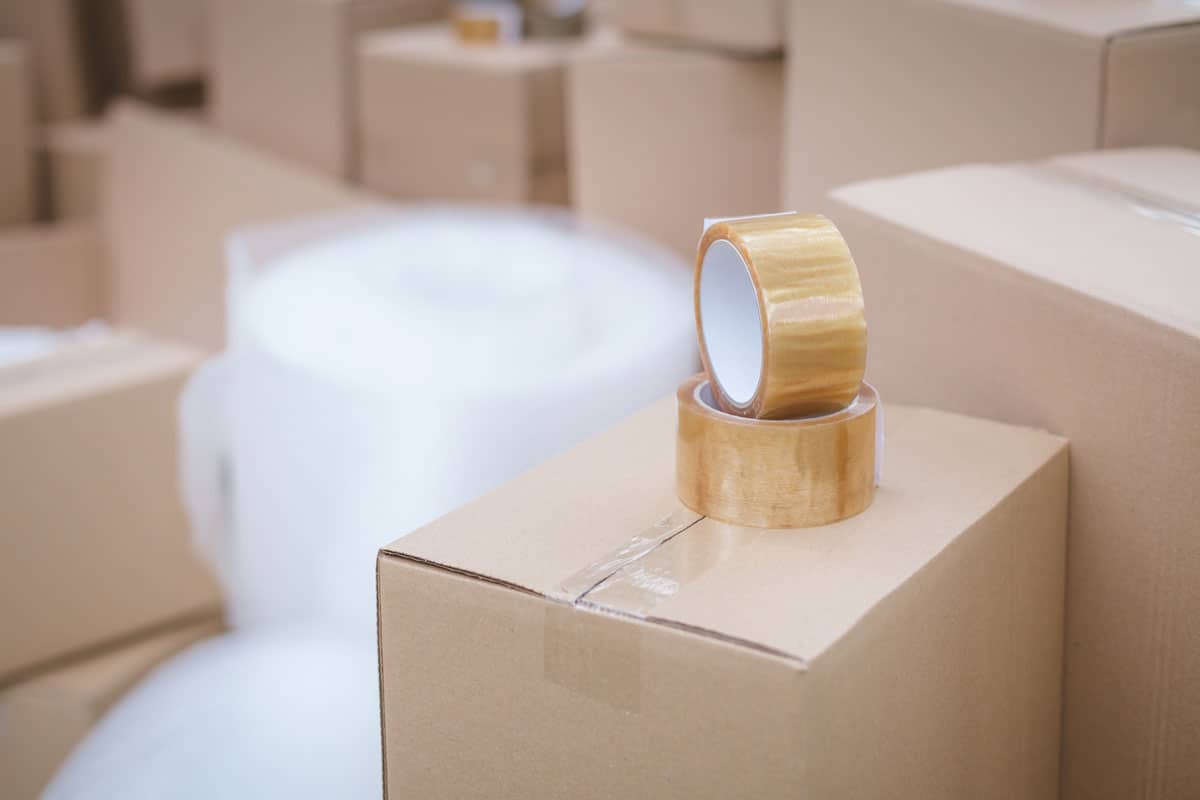
To give your label a more professional look and help it stay clear and legible over time, see the steps below:
- First, you need to ensure that the surface you want the label to be on is clean and dry.
- Then, remove a piece of packing tape from the roll and firmly press it down onto your surface.
- Be sure to press down firmly along the entire length of the tape and seal all sides, corners, or edges so that there are no gaps or voids in your label.
Paperless Packing Tape Labels
Have a look at the tutorial video below to learn how to use this process, with a final step to omit the paper and use your packing tape label on regular household items instead of as a shipping label.
What Types Of Packing Tape Should You Use For Your Labels?
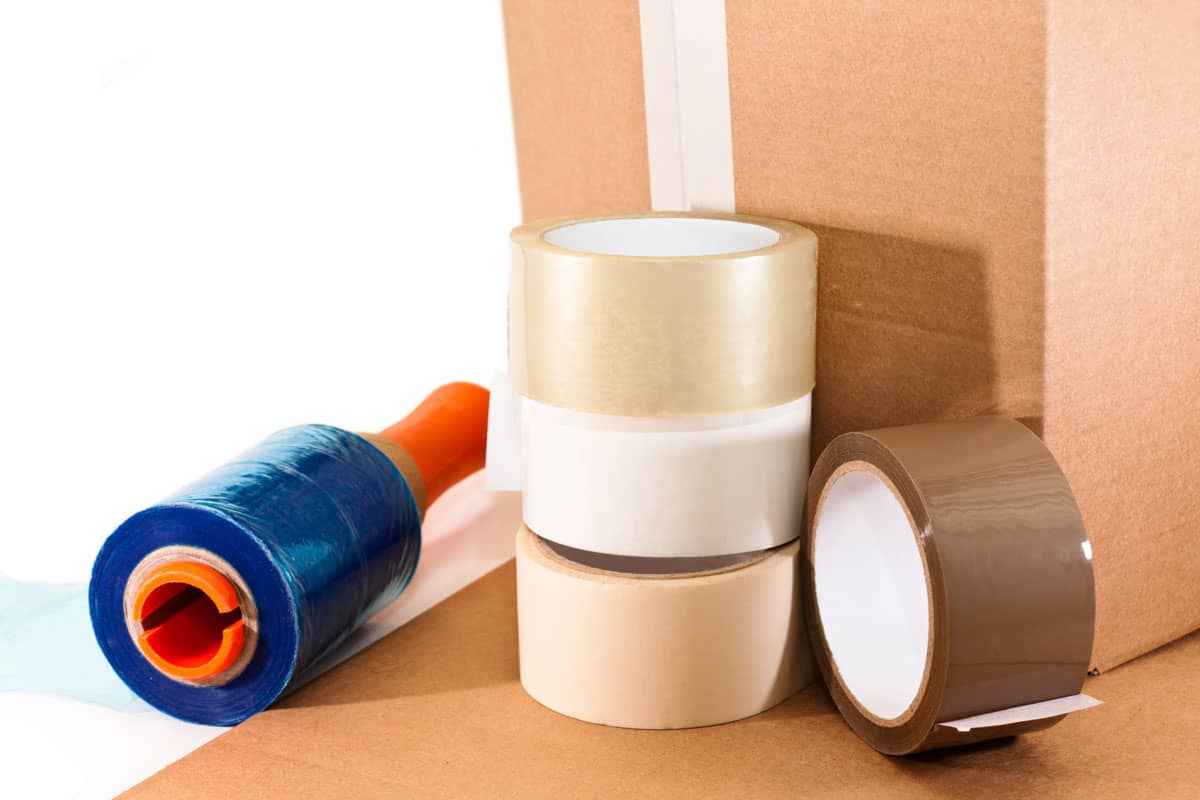
There are two main types of packing tape: clear and brown.
Clear Packing Tape
Get clear packing tape on Amazon.
Clear tape is excellent for making labels because it is easy to see through. This type of tape is a good choice if you need high visibility or are looking to use your labels again in the future.
Brown Packing Tape
See brown packing tape on Amazon.
Brown tape is also quite sturdy and can be used for heavy-duty purposes as well. This may be better if you create a professional-looking label with more permanent text. Also, this is a good choice because it is more durable than clear packing tape.
What Is The Best Way To Use Labels With Packing Tape?
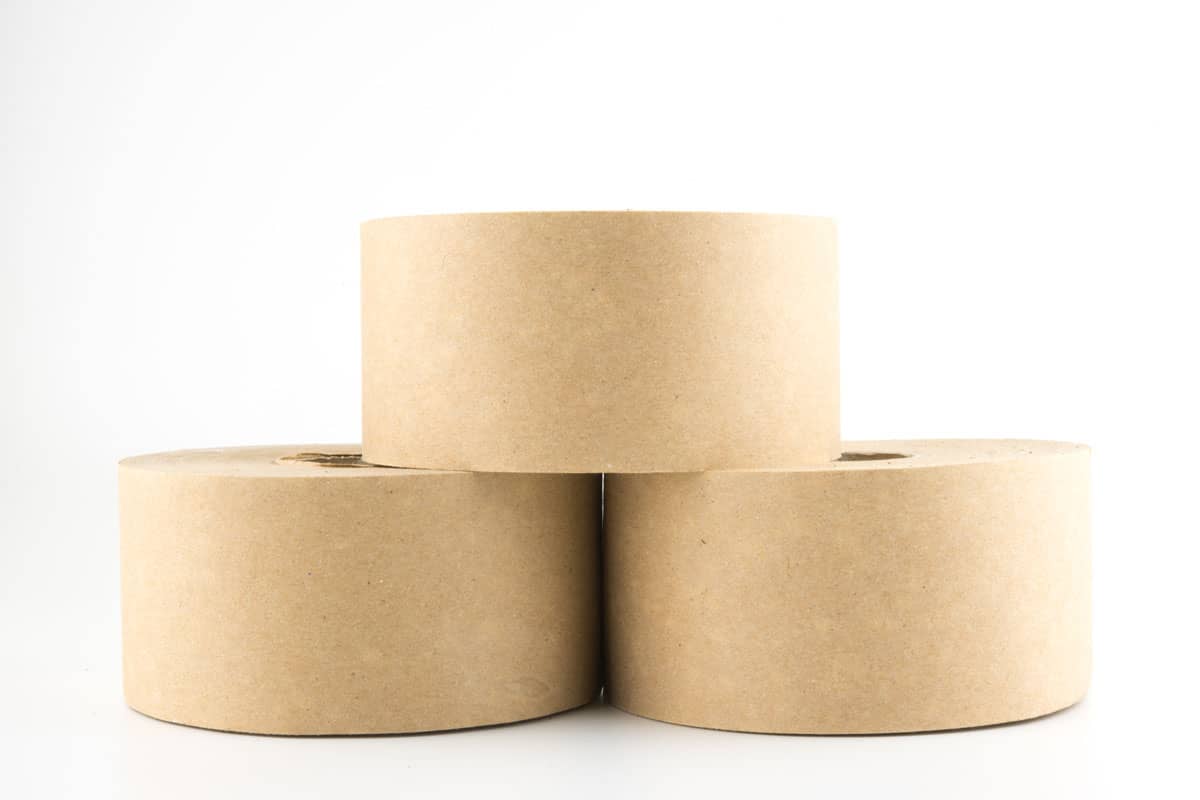
There is no clear consensus on the best way to use labels with packing tape.
- Some experts recommend attaching labels directly to the tape. This is ideal when you are using clear packing tape.
- Others suggest placing them above or below the adhesive strip on the top portion of the tape. This method is best if you are using brown packing tape.
But still, there is no right or wrong approach, as both techniques have their pros and cons.
For example, if you attach a label directly to the tape itself, it may become difficult to separate from the backing when it comes time to use it on a package.
On the other hand, placing labels above or below the adhesive strip risks being covered up by contents or unintentionally removed when you're sealing your parcel.
Whether you decide to place labels on packing tape will depend on your personal preferences and what works best for your specific situation.
Regardless of which method you choose, it is essential to be consistent and use it accordingly so that all of your shipments are properly identified at a glance throughout their entire journey.
How Can You Make Sure Your Labels Are Easy To Read?
- You can always use dark ink when writing on your labels. This will help ensure that the text is visible and stands out against the background.
- Use bold fonts when creating your labels. This will also help make your text stand out and be easier to read.
- Consider having it typewritten instead of hand-writing the text. Typing and printing the labels allows you to easily create clear and consistent labels that are easy to read from any angle.
- Some people find it helpful to use measuring tools like rulers or squares when creating their packing tape labels to ensure they are correctly aligned and spaced out.
You create the perfect label. With a bit of time and effort, you can create durable and easy-to-read labels using packing tape.
Which Fonts Work Best For Packing Tape Labels?
- First, you want to make sure the font is easy to read. This means avoiding fancy or decorative fonts that can be difficult to read.
- Second, you want to make sure the font is large enough to easily seen. A good rule of thumb is to use a font of at least 16 points.
- Finally, you want to make sure the font is dark enough to see against the background easily. An excellent tactic is to use a font that is at least 50% darker than the background.
Some examples of great fonts that you can print for packing tape labels include Arial, Times New Roman, and Helvetica.
While you consider printing labels, you can also go for a hand-written one, especially when there's only a little time. A pen with a broad tip is an excellent choice for good output.
Check permanent pen marker on Amazon.
What Information Should Be Included In Your Packing Tape Labels?

There are several types of information that you may want to include on your packing tape labels. Here are some:
- Putting information on the package content will help you easily identify what is inside. You may also put product descriptions such as weight, dimensions, color, or more.
- You will want to include the recipient's personal information, including their full name, address, city, state, zip code, and contact details.
- When sending shipments, you may also want to include any order or tracking numbers for the package. This is useful when it comes to keeping tabs on your shipment.
- If your labels are for fragile or heavy items, you may want to include a reminder about how sensitive the contents of the package are. This might be something like "This item is fragile" or "Please handle it with care."
Whatever information you decide to include, it is essential to be harmonious in formatting it so that your labels are easy to understand at a single glimpse.
Other information that might be helpful to include on your packing tape labels includes shipping instructions or special handling requirements for the shipment.
Final Thoughts
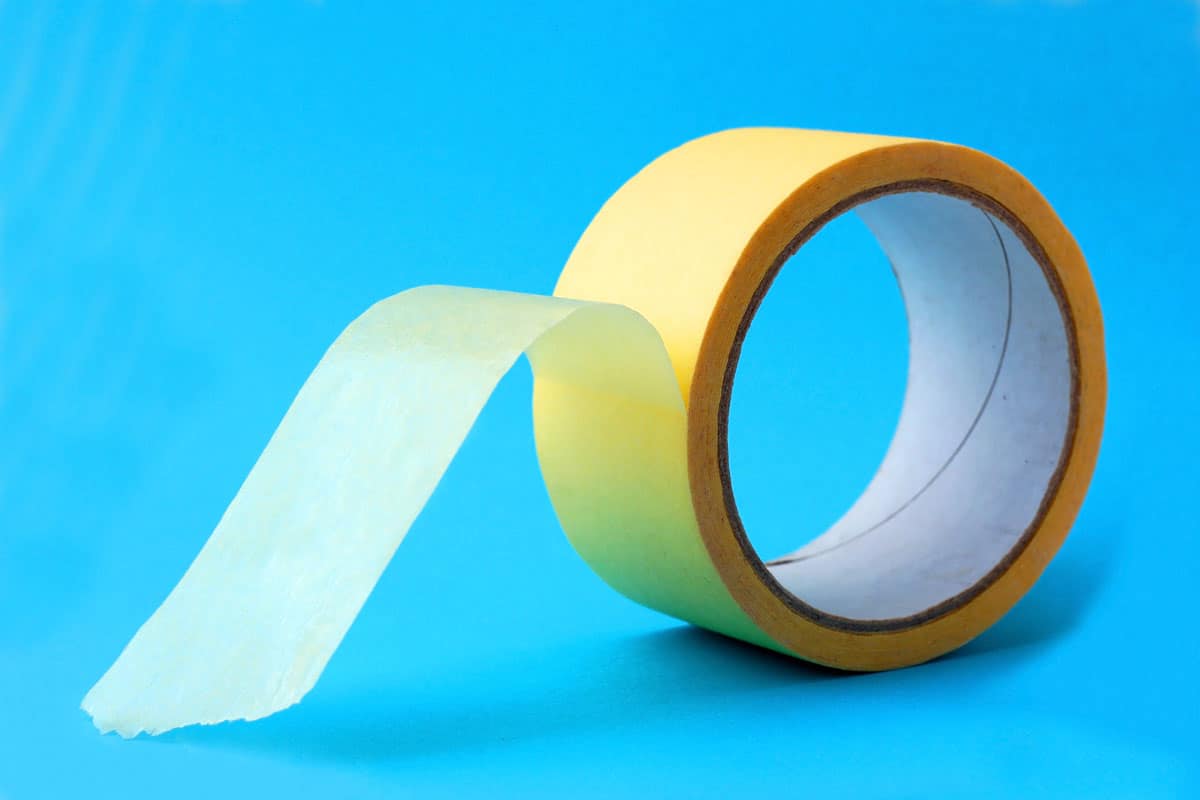
If you are looking for a way to make labels quickly and easily, consider using packing tape. Packing tape is durable and will stay in place even when subjected to moisture. It also comes in various colors to find the perfect hue for your needs.
For more tips on packing your things for shipment, see the following tips below:
How To Pack Crystal And Stemware For Moving




